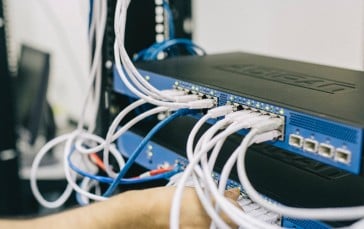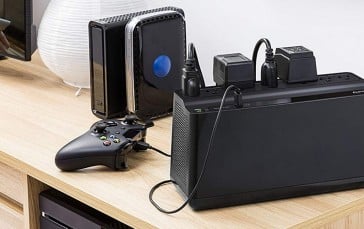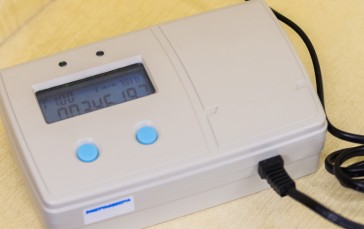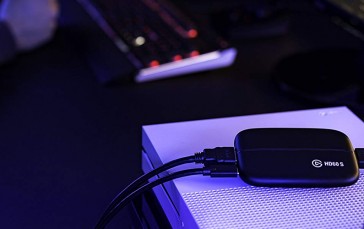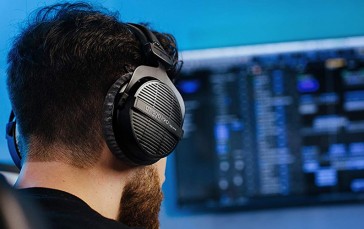5G is expected to be a game-changer for future innovations. There are, however, already some troubles in paradise.
The Issue
The 5G wireless towers near airports have been confirmed as the cause of some interference with the aircraft equipment, and fixing these issues could take years.
Nick Calio, the head of Airlines for America, said in his written testimony to a House Transportation and Infrastructure subcommittee that the 5G problems (or as he put it, the “operational nightmare”) facing the aviation industry should have been avoided in the first place. Now, the issues are unlikely to be quickly resolved; in fact, according to Calio, it will take years to completely and permanently mitigate the interference problems caused by 5G in the C-band.
Aerospace Industries Association President Eric Fanning stated that while some progress is noticeable, a lot of issues still remain and that future collaboration is necessary.
The hearing also featured testimony from Steve Dickson, FAA Administrator, Meredith Attwell Baker, wireless industry group CTIA CEO, and others.

The Solution
In January, both Verizon and AT&T agreed to postpone the installation of several 5G wireless towers on locations close to airports. This happened as a reaction to a warning from the aviation industry and Federal Aviation Administration that 5G interference could jeopardize some sensitive airplane electronics.
The FAA has confirmed that 90 percent of the US commercial fleet has been approved for landing in low-visibility conditions in areas with C-Band 5G, as well as 20 altimeters models. Radio altimeters are used to give data on height above the ground in bad-weather landings and the 5G technology could cause some disruptions in some landings at smaller airports.
All in all, it remains to be seen how the lawmakers will handle the hot potato of finding the tricky compromise between flight safety and unstoppable technological progress.
You can learn more at FAA.gov.


